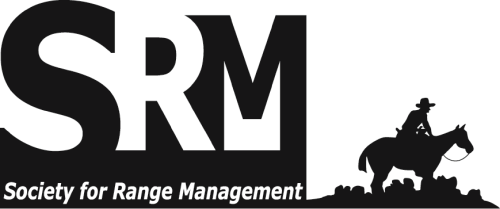On the Ground: • Greater sage-grouse are the species of concern in the largest conservation effort in US history and have populations spanning 11 western states. Restoration of sage-grouse habitat will assist these conservation efforts. • It is known that forbs are critical to sage-grouse diets, but only isolated studies have measured forbs in the diet at a species or genera-specific level and little is known about sage-grouse preference to forbs. • Research has shown that local seed sources promote successful reestablishment of vegetation communities, although commercial seed sources for forb species used in sage-grouse diet often are lacking. • We make suggestions for selecting forb species and improving seed sources for sage-grouse conservation. The Rangelands archives are made available by the Society for Range Management and the University of Arizona Libraries. Contact lbry-journals@email.arizona.edu for further information. Migrated from OJS platform March 2020

Practical, non-technical peer-reviewed articles published by the Society for Range Management. Access articles on a rolling-window basis from vol 1, 1979 up to 3 years from the current year. More recent content is available by subscription from SRM.